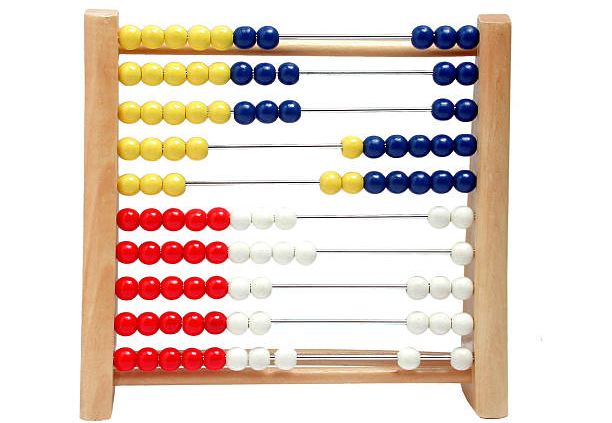Calculating Tile & Grout Quantities
NOTE: Quantities mentioned in this article are an approximation only
How many tiles will you need?
Obviously this depends on the shapes and size of the tiles you want to use, but it also depends on how wide you plan to have your grout lines, and the irregularity of the shape. More irregular shapes require more cutting – so more wastage.
You need to understand the total area, and then divide that by the approx. tile size (incl. an allowance for grout). So if you have for example, an area 22cm sq., that is 48400mm of coverage (220mmx220mm). If you are using a 20mm sq tile with 2mm grout lines, each tile takes up 22mm sq (484mm). So you will need 100 tiles (in a 10×10 grid).
Follow these 3 steps, and you’ll get a pretty good idea.
- Measure Your Area:
Measure the dimensions of the surface you would like to mosaic and calculate the area using these formulae:- RECTANGLE AREA = length x width
- TRIANGLE AREA = 1/2 x width x height
- CIRCLE AREA = 0.785 x diameter x diameter
- 1M2 = 1000cm2
- SPHERE = 4 π r 2 , where “r” is the sphere’s radius.
- Correct grout space between Mosaic tiles:
If you use the rule of thumb: 10% of the size of mosaic tile with a maximum of 1 cm (10mm) you will hardly ever go wrong.
Grout is an essential structural component to mosaic. This spacing is common with stone, ceramic and glass tile because it ensures enough grout will penetrate between the tiles and seal over the adhesive underneath.- For 10mm to 20mm tiles a grout space of approximately 2mm can be used as a guide.
- For tiles that are larger than 20mm use the 10% rule but do not ever go larger than 1cm as this will weaken your mosaic.
- Are You Cutting the Tiles?
Cutting a tile in pieces theoretically decreases the amount of tile you need because you will have more pieces, so there will be more grout spaces in the mosaic. More grout lines means more grout and less tile. If you are cutting the 20mm mosaic tiles in half or smaller you decrease the amount of tiles needed to cover an area by approximately 25%.
However cutting increases breakage and wastage – so add 10%.
How much Grout will you need to mix?
Once you have worked out how many tiles you need, you also need to calculate the grout required for your project.
Grout calculation is a much easier proposition when tiling walls, floors etc in a grid pattern, as you can calculate the amount based on tile thickness, dimensions and grout spacing – as these typically do not vary across the work. Most grout calculators ask for tile dimension (incl. thickness) and width of grout lines.
Experience indicates that 1 gram of grout will cover approximately 645 sq. mm (1 square inch) and you’ll probably be safe and have some leftover. Of course, It’s going to vary, depending on the factors mentioned previously.
So, dividing the area (in sq. mm) by 645 = grams of MIXED grout you require.
For example: a 30cm (12″) square piece will require (300×300)/645 = 140 grams of mixed product, which is equivalent to 5 ounces.




Leave a Reply
Want to join the discussion?Feel free to contribute!